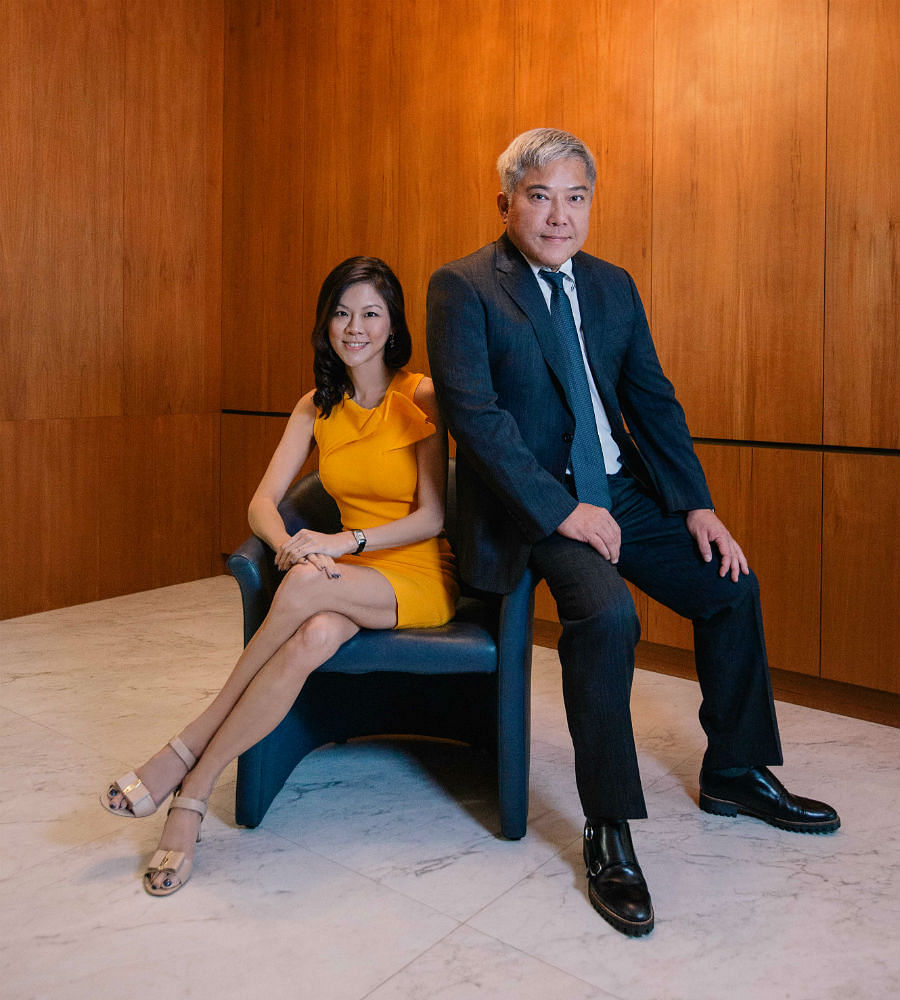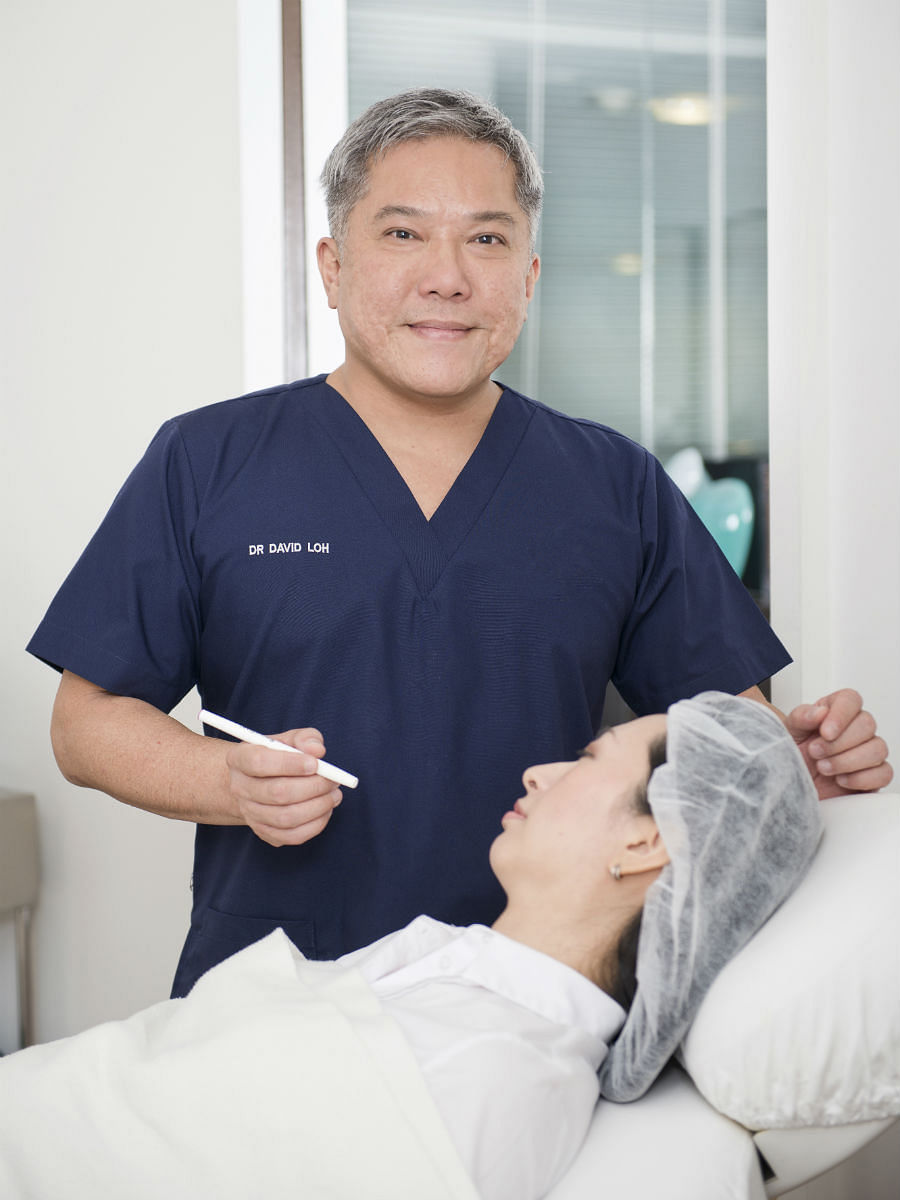
Ageing is inevitable. With it comes fine lines, wrinkles, hollow cheeks and sagging skin, as gravity takes hold and your complexion loses its youthful plumpness.
These days, there are many ways to hold back these signs of ageing. Nanofat grafting is one of the newer methods – and it is proving to be a hit.
Have you heard of nanofat grafting?
Fat grafting as a procedure has been around for as long as liposuction, which was popularised in the 1980s. Fat removed during liposuction would be “recycled” to other areas as a form of augmentation. And this formed the basis of “fat grafting” or “fat transfers”. With improved techniques and graft survival rates, fat grafting has become an established alternative method to using implants for augmenting the breasts and buttocks.
Fat grafting to the face became popular around 2008, following a pivotal publication on the fat compartments of the face. It has since become an integral part of any face-lifting procedure. At around the same time, filler techniques and materials also improved by leaps and bounds, and now, these techniques can be applied interchangeably with fat grafting.
Nanofat grafting is the latest advancement in the evolution of fat-grafting technologies. The finest particles of fat are collected and injected into – or just under – the skin to reduce the look of fine lines and wrinkles under the eyes, around the mouth, or on the nasolabial folds.
Nanofat grafts are also rich in stem cells and growth factors – the skin’s building blocks, which promote collagen production and cellular repair to boost skin regeneration. This, in turn, improves skin texture and quality.

The nanofat grafting procedure
At David Loh Surgery, the nanofat grafting treatment begins with a mini liposuction via a thin cannula tube to remove a small amount of fat from your abdomen or inner thighs. This is done under local anaesthesia so there is minimal discomfort. The fat is cleaned, filtered and separated into cells of different sizes, which are named milifat, microfat and nanofat. According to clinic founder Dr David Loh, one or all three sizes of fat particles may be combined to achieve the results desired, depending on the patient’s needs.
What may make the treatment unique at David Loh Surgery is how the fat is reintroduced into the face. The signature technique used, the DL Lift, was developed by Dr Loh himself. He explains that it “selectively targets fat compartments that have shrunk, to produce a non-surgical facelift”.
The DL Lift is a clearly mapped-out approach to correct fat loss. According to Dr Loh, it creates a mild facelift-like effect, and can even prevent future facial sagging, prolonging your youthful look.
The procedure is done in a patented closed system so that, from start to finish, the fat cells are completely free of environmental contamination, minimising any risk of bacterial infection.
Downtime could last up to a week with some bruising, swelling or soreness in the areas where the fat has been harvested and reintroduced. Best results can be seen within a month, as the skin reaps the benefits of the nanofat grafts.
The best part? The results are long-lasting, as the reintroduced fat cells are incorporated into the skin to continually enhance it over time. Skin feels strengthened, and looks smooth and plumped. The appearance of sagging skin as well as fine lines and wrinkles – even under the eyes and around the mouth – is also reduced.

The doctor is in
Credited with popularising “lunchtime makeovers”, David Loh Surgery was established in 2002 with a focus on non-invasive and minimally invasive aesthetic treatments under the care of its medical director, Dr David Loh. Dr Loh is accredited by the Ministry of Health to perform liposuction as well as botulinum toxin and filler injections. He is also the president of the Society of Aesthetic Medicine, training doctors in Singapore and the region.
For more information, call David Loh Surgery at 6733-5300 or visit www.davidloh.sg

